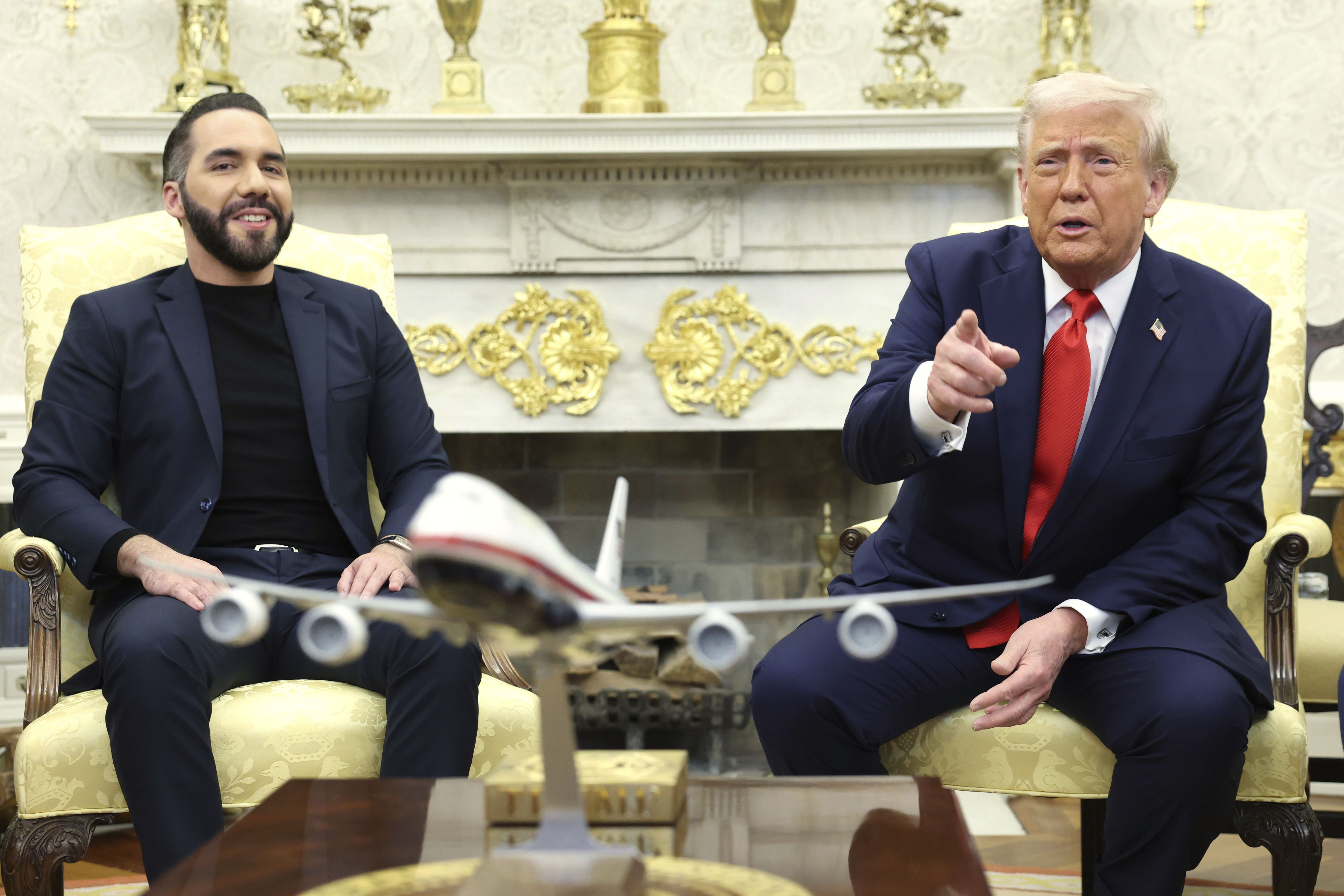Uranium enrichment is at the center of Iran's nuclear program — and the diplomatic fight to contain it.
Iran's main source of nuclear fuel is uranium, which it mines from the ground. But raw uranium isn't useful on its own: the isotope that enables a nuclear reaction, U-235, makes up less than one percent of naturally-occurring uranium.
Enriching uranium is the process of increasing how much U-235 is in a sample of uranium. That's primarily done by turning refined uranium ore into a gas, then spinning it through a series of centrifuges. That spinning separates the lighter U-235 molecules from their heavier counterparts, leaving a more enriched form of uranium behind.
The international deal constraining Iran's nuclear program limited the country to a stockpile of 660 lbs of enriched uranium, none of which can be enriched beyond 3.67 percent. But Iran has now exceeded both of those limitations.
Before the nuclear deal came into effect in 2015, Iran was able to reach 20 percent enriched uranium, which the country says it needs to fuel medical and scientific research. Iran has long denied seeking a nuclear bomb, but it's still fairly easy to convert 20 percent enriched uranium to the 85-90 percent level needed to fuel nuclear weapons.
The nuclear agreement's limits were designed so that if Iran started pursing a nuclear weapon, it would take the country at least a year to gather enough weapons-grade uranium.
But Iran isn't likely to start sprinting towards a nuclear weapon. Miles Pomper, a Senior Fellow with Middlebury Institute of International Studies, told Newsy: "Politically it makes sense more sense for them to do this very slowly then to do it very quickly. Because it keeps putting the onus on the Europeans and others to try to find a way out. They don't want to get to a point of no return either."
The nuclear deal also limited the number and type of centrifuges Iran could operate — limits Tehran hasn't breached as of yet. If Iran really wants to shorten the timeline to acquire weapons-grade uranium, it might begin by increasing the number of centrifuges or starting to use more advanced technology.
It's worth noting uranium isn't Iran's only path to a nuclear weapon: they've also got a heavy water reactor that can produce plutonium. That reactor was decommissioned as part of the nuclear deal, but Iranian President Hassan Rouhani has pledged to resume construction on it if the deal fails entirely.










